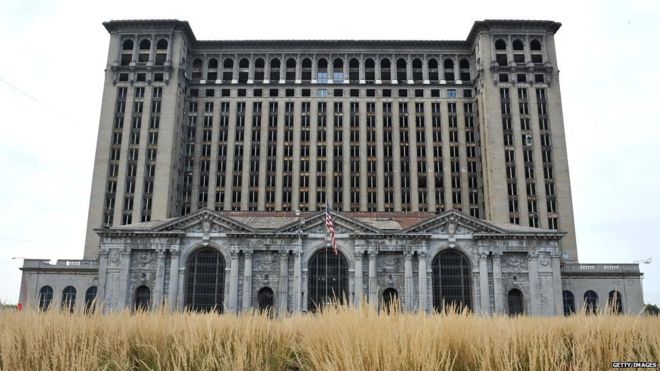Sounds familiar. Had that happen to Oakland with the beginnings going all the way back to 1927. I do remember this dig going on between the dates it started and finished. I also remember the blight it created almost overnight. Literally divided the city in two.
The story of how a highway without a purpose was built through West Oakland | ConnectOakland
The first time I encountered something like this was back in 1962 and the place was Bogota, NJ. I lived on Chestnut Ave. between Dunn and Queen Anne. US I-80 was being put in just two blocks away from our house spitting the town in two.
That's a good fact-based assessment of what happened in Oakland. Thanks for that link.

I understand the cost-benefit nature of "progress". Cities age, get torn down, get built on again, age and get torn down, and the cycle repeats since the dawn of civilized man. Most benefit from the changes, some don't and that's how it goes.
Had I been a city planner/elected official or even a voter in the 1940's and 1950's, I would have supported the Interstate system, Urban Renewal --whatever -- as well-intended concepts for progress.
The execution? I dunno. And again, its only ONE thing .. several other things are going on in the Detroit that had it on a decades long path to implosion.
Any objective look at it says some goofy looking stuff went down here in Detroit. What price for the progress if the unintended outcome is 180 degrees from what the planners hoped?
Or, as the conspiracy theorists like to say (sometimes unfairly and sometimes incorrectly in my view), "they" had an agenda for the discretionary decisions they made .. and "they" almost killed their city 50 years later because of that.
I saw a study once that said Detroit's three major freeways -- the connectors to the Interstate System for I-75, I-94, and I-96, plus others named the Lodge Freeway, the Southfield Freeway, and the Davison Freeway, that estimated over 12,000 houses, 100 churches, 2,500 businesses, etc were TORN DOWN.
Most businesses reappeared of course (2/3's eventually in the suburbs), more houses got built of course (3/4's in the suburbs) ... but certain communities (ALL ethnicities but poorer people disproportionately affected) were decimated and never recovered.
"Poor" people couldn't rebuild, their neighborhood businesses were gone, they couldn't afford/faced discrimination for new housing, their local churches were gone, a walk to the grocery store of five minutes before now took 25 minutes one way to cross a freeway at cross street or walkway 1/2 mile away now.
Again, its all done. Only thing that matters is what to do now going forward. Its not too late for Detroit by any means ... its just take a while to bring it back. Never where it was, but certainly better than it is now.




















